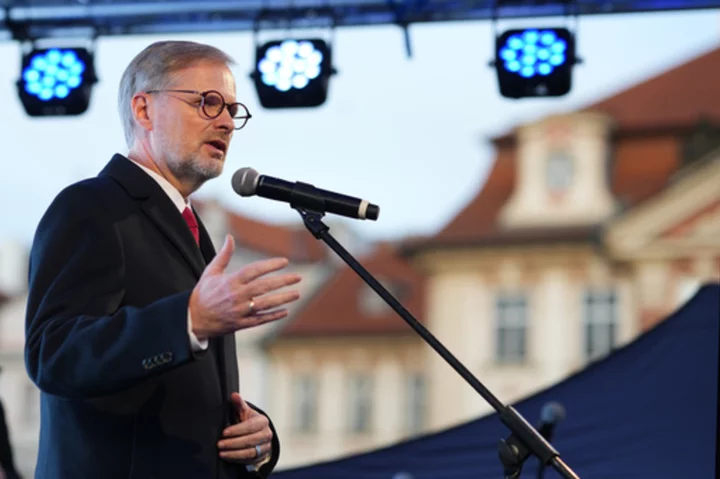By Michael S. Derby
NEW YORK Some economists are challenging the view central to some Federal Reserve officials that once the current inflation surge and resulting rate tightening have run their course, the world will once again be one of historically low interest rates.
Instead, forecasters at Deutsche Bank and Goldman Sachs believe the interest rate that balances low inflation and steady economic growth - generally referred to as R-Star - is higher than what many at the Fed think.
They reckon that at some point officials will need to revise up their respective R-Star estimates, and while that process is likely to take years to play out, this points to higher real world interest rates on balance from the central bank.
Forecasters have weighed in around the relaunching last month of the New York Fed's public estimate of R-Star. The bank's leader, John Williams, is one of the intellectual authors of the concept of neutral rates and he said on May 19 “there is no evidence that the era of very low natural rates of interest has ended.”
To that end, he put his R-Star estimate at around 0.5% in the first quarter and at zero right after that. Estimates released by the New York Fed at the end of May put R-Star for the U.S. at 0.58% in the first quarter. R-Star estimates have been low for some time, having gone through a huge downward shift around the onset of the financial crisis in 2008. In New York Fed data going back more than 60 years, the highest reading stood at 5.64% in the first quarter of 1961.
POKING THE FED CONSENSUS
Williams' take on R-Star appears widely held by other Fed officials. To get a real world reading on R-Star the estimate is added to the Fed’s 2% inflation target, which suggests a 2.5% federal funds rate is the long-term setting for that key instrument of monetary policy. And to that end, that’s what Fed officials have penciled in in their quarterly forecasts in almost every release going back to 2019.
“We have long been skeptical of that consensus,” Goldman Sachs economists said in a note on Monday. “Our review of economic studies of factors that influence the neutral rate suggests that the large drop in estimates of R-Star last cycle was somewhat overdone,” they wrote, adding “studies find consistent evidence that demographics, productivity growth, inequality, global spillovers, risk appetite, government debt and deficit levels, and the relative price of capital goods influence R-Star.”
Matthew Luzzetti, chief U.S. economist at Deutsche Bank Securities, said he projects R-Star is likely closer to 1%. What’s more, he said Fed forecasts have shown a small but rising number of policymakers gravitating toward a higher longer-run fed funds forecasts. He added some Fed research is also hinting at a shift.
“There are kind of breadcrumbs throughout a variety of different pieces of evidence within the Fed that this may be going on in the background,” Luzzetti said, although he added this will all likely take years to play out, as it did when the Fed downshifted its R-Star estimates in the wake of the financial crisis.
Luzzetti and the Goldman economists agree that as long as a recession doesn’t come and scramble the economic landscape officials will increase their estimate of the long-term federal funds rate eventually. Goldman sees it going from the current 2.5% to between 3% and 3.25%.
Goldman Sachs underpinned part of its view on the fact that market pricing levels are also pointing to a higher natural rate estimate.
But bond fund PIMCO told clients on Tuesday, in a note co-written by Richard Clarida, who was until last year the Fed’s second-in-command, that “we believe that neutral long-run real policy rates in advanced economies will remain anchored over the secular horizon in the new neutral range of 0% to 1% by powerful long-term forces of aging demographics and sluggish productivity growth.”
(Reporting by Michael S. Derby; Editing by Andrea Ricci)









